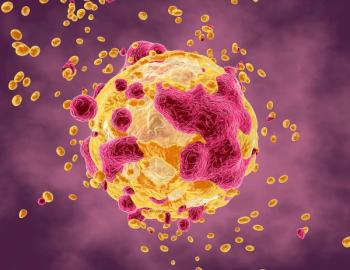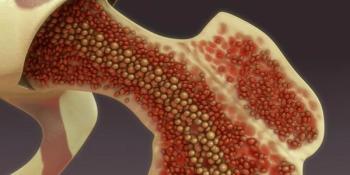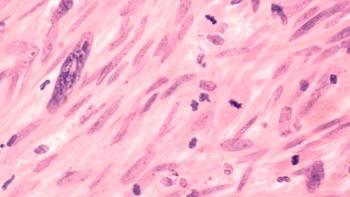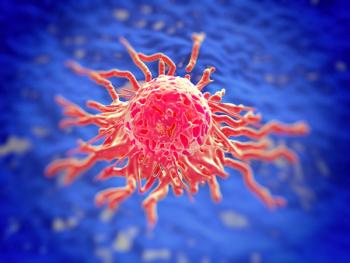
Regional Hyperthermia Plus Chemo Improves Outcomes in Soft-Tissue Sarcoma
Treatment with hyperthermia improved survival when added to neoadjuvant chemotherapy for patients with localized high-risk soft-tissue sarcoma.
Treatment with hyperthermia improved survival when added to neoadjuvant chemotherapy for patients with localized high-risk soft-tissue sarcoma, according to results of a new study.
It has previously been established that regional hyperthermia, where localized tissue is heated to the 40 to 43 degrees Celsius range, could help in cancer therapy. Lars H. Lindner, MD, of University Hospital Medical Center Grosshadern in Munich, Germany, described an antenna coupling technique that can deliver the heat to a specific small region by modulating the intensity, phase, and frequency of several antennae.
Lindner presented long-term results of the trial, which included 329 high-risk soft-tissue sarcoma patients randomized to neoadjuvant chemotherapy plus hyperthermia or alone at the Connective Tissue Oncology Society (CTOS) 2017 Annual Meeting, held November 8–11 in Wailea, Hawaii.
Patient characteristics were well balanced between the groups. Slightly more than half of the patients had soft-tissue sarcoma in a non-extremity location, and the rest had tumors in the extremities. The most common histologic types included liposarcoma (30 patients in each group), leiomyosarcoma (25 in the hyperthermia group and 27 in the neoadjuvant chemotherapy–alone group), and synovial sarcoma (24 and 19 patients, respectively).
The addition of hyperthermia to neoadjuvant chemotherapy resulted in significantly improved cancer-specific survival after a median follow-up period of 11.3 years, with a hazard ratio (HR) for death from the disease or its treatment of 0.73 (95% CI, 0.54–0.98; P = .037). A multivariate analysis confirmed this, with an HR of 0.70 (95% CI, 0.52–0.95; P = .024).
When stratified by extremity vs non-extremity soft-tissue sarcoma, there were trends toward improvement with hyperthermia in both cases, but these did not reach significance. Other factors that were found to be significantly prognostic on multivariate analysis included tumor grade and tumor size.
Patients who received hyperthermia treatment and radiotherapy following R0- and R1-resection fared better than those who did not receive radiotherapy, with an HR for local progression-free survival of 0.35 (95% CI, 0.13–0.93; P = .035). This effect was not seen in the neoadjuvant chemotherapy–alone group.
“Among patients with localized high-risk soft-tissue sarcoma, the addition of regional hyperthermia to neoadjuvant chemotherapy resulted in increased survival,” Lindner concluded. “For patients who are candidates for neoadjuvant treatment, adding regional hyperthermia may be warranted.” He said that other related approaches are also under investigation, including a phase II trial combining trabectedin with regional hyperthermia.
Newsletter
Stay up to date on recent advances in the multidisciplinary approach to cancer.


















































































